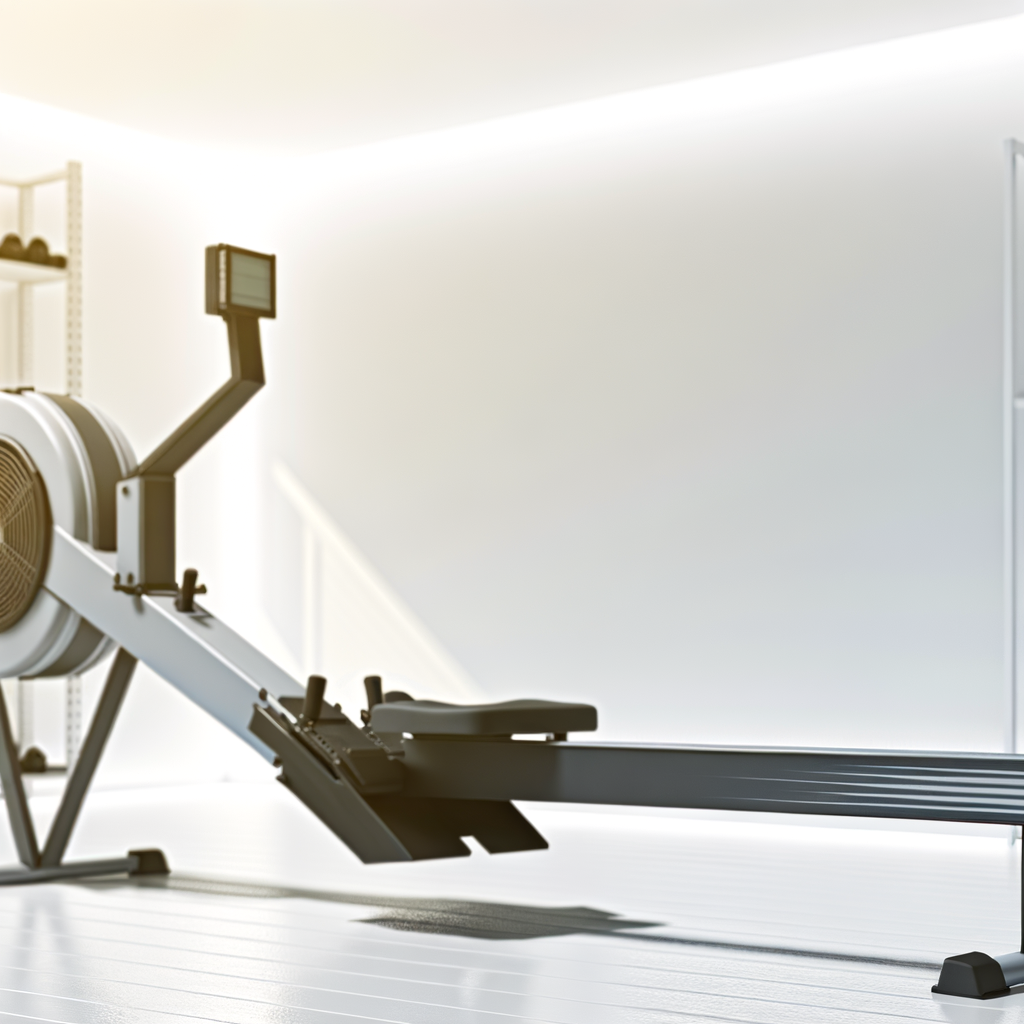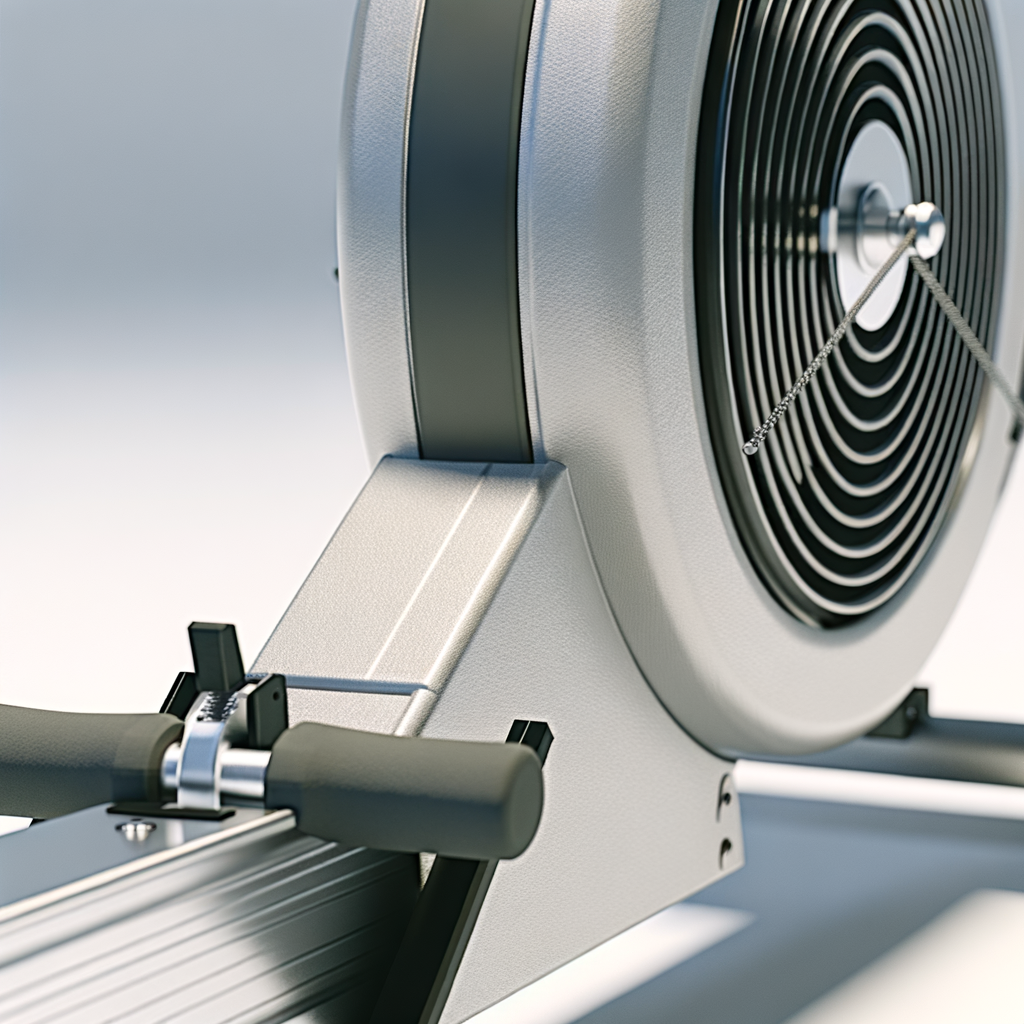Magnetic vs Air vs Water Rowing Machines: 2025 Home Buyer’s Guide
Magnetic vs Air vs Water Rowing Machines: The Complete 2025 Home Buyer’s Guide
Choosing the right rowing machine for home workouts can feel overwhelming. This guide compares magnetic, air, and water rowers so you can match the machine to your space, goals, and budget—without buyer’s remorse.

At a glance: Which rower suits you?
- Want the quietest, most compact option for apartments? Choose Magnetic.
- Want the most “rowing-on-water” feel for HIIT and power? Choose Air.
- Want the most immersive, fluid stroke and natural sound? Choose Water.
Rowing machine types explained
Magnetic Rowers

- Feel: Smooth, consistent resistance through the stroke.
- Noise: Very quiet—TV- and neighbour-friendly.
- Space: Often foldable with vertical storage; good for small rooms.
- Maintenance: Low—no water to change, no fan dust to manage.
- Best for: Beginners to intermediates, steady-state cardio, shared living spaces.
Air Rowers

- Feel: Resistance increases with pull speed—great for HIIT.
- Noise: Noticeable fan noise; best in houses/garages.
- Space: Usually long footprint; many store vertically.
- Maintenance: Moderate—wipe dust from fan cage periodically.
- Best for: Athletes, CrossFit-style training, performance metrics.
Water Rowers

- Feel: Natural catch and acceleration, very smooth recovery.
- Noise: Gentle water sound; quieter than air, louder than magnetic.
- Space: Often stores vertically on the tank end; elegant wood frames blend well with decor.
- Maintenance: Add purification tablets; change water periodically.
- Best for: Technique-focused users, low-impact endurance, stylish living spaces.
Compare by what matters at home
Noise level
- Quietest: Magnetic
- Mid: Water (soft whoosh)
- Loudest: Air (fan noise)
Footprint and storage
- Smallest footprint: Magnetic fold-ups
- Vertical storage: Most Air and Water models tip up safely
- Rail length: If you’re 6'2"/188 cm or taller, prioritise a long rail or extended seat travel
Training goals
- Weight loss & steady cardio: Magnetic or Water
- HIIT & power: Air
- Technique & joint-friendly: Water
Maintenance
- Lowest: Magnetic (wipe-and-go)
- Moderate: Air (dust fan cage)
- Planned: Water (tablets, occasional water change)
Features worth paying for in 2025
- Rail length and seat height: Taller users benefit from longer rails; higher seats are easier on knees.
- Resistance control:
- Magnetic: look for wide, precise levels (e.g., 24–32 increments) and quick-change buttons.
- Air: adjustable damper for feel; power scales with effort.
- Water: water level adjustments or internal baffles for tuning.
- Console & connectivity: Clear split times (500 m), stroke rate (SPM), distance, calories. Bluetooth FTMS supports apps like Kinomap, Zwift, ErgData (model-dependent).
- Build quality: A smooth seat carriage, sturdy rail, and solid footplates reduce noise and improve efficiency.
- Warranty & support (UK): Aim for 2–5 years on frame; check parts availability and local service.
Space planning for small homes
Rowers are long. Measure before you buy:
- Typical in-use footprint: 210–240 cm long × 50–60 cm wide.
- Ceiling height: Comfortable for seated exercise in most rooms; ensure clearance for standing storage if you’ll tip it vertically.
- Noise transfer: Use a rubber mat on hard floors to reduce vibration and protect surfaces.

Suggested setups by budget
Under £400
- Best bet: Entry-level magnetic rower with manual resistance.
- Why: Quieter and more reliable than budget air or water options.
- Look for: Foldable frame, basic metrics, decent rail length, 120 kg+ user rating.
£400–£800
- Best bet: Mid-range magnetic with better console or a solid air rower.
- Why: Improved smoothness, ergonomics, and connectivity.
- Look for: Bluetooth FTMS, stronger frame, vertical storage, 130–150 kg user rating.
£800+
- Best bet: Premium air for performance or a beautiful water rower for realism.
- Why: Elite durability, accuracy, and a refined stroke feel.
- Look for: Proven consoles, app ecosystem, long warranty, commercial-grade build.
Form tips: Get more from every stroke
- Order of movement: Legs drive → body swing → arms pull. Reverse on the return.
- Posture: Neutral spine, relaxed shoulders, core engaged.
- Cadence: 22–28 strokes per minute (SPM) for steady work; up to 32 SPM for hard intervals.
- Breathing: Exhale on the drive, inhale on the recovery.
Starter workouts
- Beginner (15–20 min): 5-min easy warm-up, then 6 × 1 min steady / 1 min easy, finish with 5-min cool-down.
- Fat-burner (30 min): 10 min easy → 10 min moderate → 10 min easy, SPM 22–26.
- Power intervals (20 min): 10 × 30 sec hard / 90 sec easy, SPM 28–32 on efforts (air rowers shine here).
FAQs
Is rowing good for weight loss? Yes—full-body, low-impact cardio that burns calories efficiently. Pair consistent sessions with a modest calorie deficit.
Can I row in a flat without annoying neighbours? A magnetic rower plus a rubber mat greatly reduces noise and vibration.
How often should I maintain a rower? Wipe rails and seat weekly; tighten bolts monthly. For water rowers, add purification tablets as directed and change water every few months.
What about app integration? Look for Bluetooth FTMS compatibility to connect with popular training or virtual route apps.